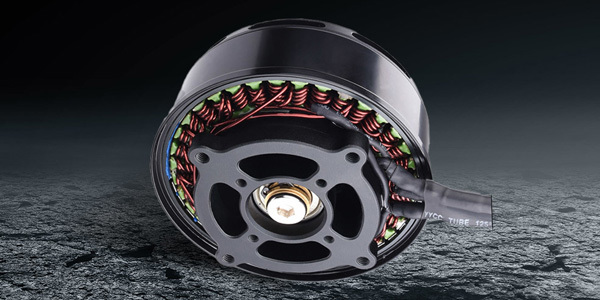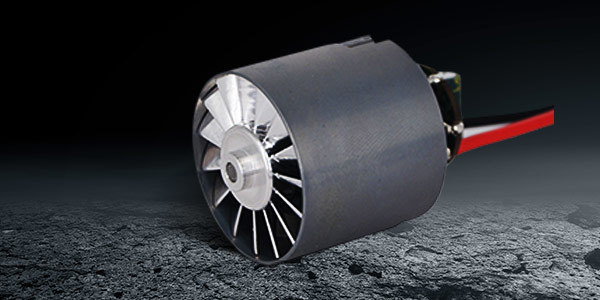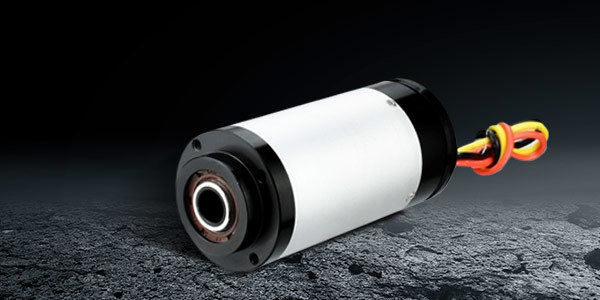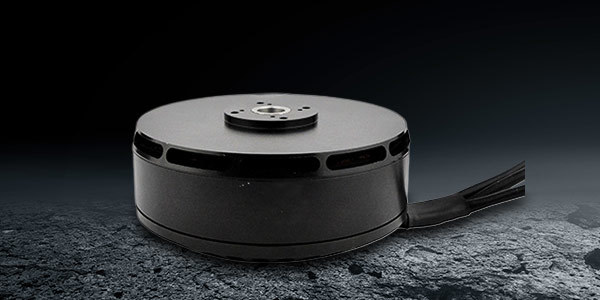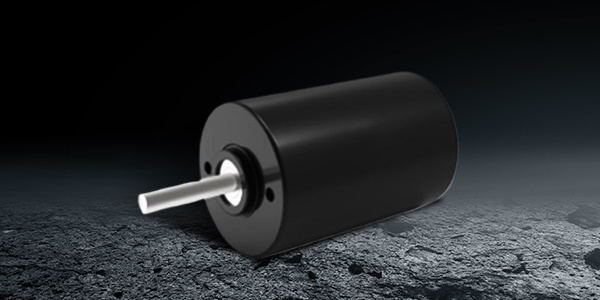Jul 04,2025
Understanding Industrial Brushless DC Motors: Key Insights for Electrical Engineering
Industrial brushless DC motors (BLDC motors) have emerged as a vital component in various applications within the electrical engineering field, particularly in automated systems, robotics, and precision machinery. Unlike traditional brushed motors, brushless DC motors operate without brushes, enhancing their efficiency and longevity. This article delves into the operational principles, advantages,
Industrial brushless DC motors (BLDC motors) have emerged as a vital component in various applications within the electrical engineering field, particularly in automated systems, robotics, and precision machinery. Unlike traditional brushed motors, brushless DC motors operate without brushes, enhancing their efficiency and longevity. This article delves into the operational principles, advantages, and common applications of industrial brushless DC motors, thereby equipping you with essential knowledge in this domain.
One of the primary features of industrial brushless DC motors is their construction. These motors consist of a rotor, stator, and electronic controller. The rotor is typically made of permanent magnets, while the stator is wound with coils that produce a magnetic field when energized. The electronic controller manages the current flow to the stator coils, enabling the rotor to turn. This design eliminates the friction and wear associated with brushes, resulting in reduced maintenance and increased reliability.
The advantages of brushless DC motors are numerous. Firstly, they offer improved efficiency, as there is less energy loss due to friction. This efficiency translates to lower operational costs, making them an attractive option for industries looking to reduce energy consumption. Additionally, the absence of brushes means that brushless motors generate less heat, allowing them to operate at higher power levels without overheating. This characteristic is particularly beneficial in applications where space and cooling are concerns.
Moreover, industrial brushless DC motors provide precise speed and torque control. This precision is critical in applications such as CNC machines, where exact movements are necessary for high-quality production. The ability to maintain consistent performance over time makes these motors ideal for tasks requiring reliability and repeatability.
Industrial brushless DC motors find applications across a broad spectrum of industries. They are commonly used in robotics for actuators, in automotive systems for electric power steering, and in HVAC systems for blowers and fans. Their adaptability and efficiency also make them suitable for renewable energy applications, such as wind turbines and solar tracking systems.
In conclusion, industrial brushless DC motors are a significant advancement in motor technology, offering enhanced efficiency, reliability, and control over traditional brushed motors. Their growing popularity in various sectors reflects the ongoing shift toward more sustainable and efficient solutions in engineering. Understanding the principles and applications of these motors can provide valuable insights for professionals in the electrical engineering field, paving the way for innovative applications and designs.
One of the primary features of industrial brushless DC motors is their construction. These motors consist of a rotor, stator, and electronic controller. The rotor is typically made of permanent magnets, while the stator is wound with coils that produce a magnetic field when energized. The electronic controller manages the current flow to the stator coils, enabling the rotor to turn. This design eliminates the friction and wear associated with brushes, resulting in reduced maintenance and increased reliability.
The advantages of brushless DC motors are numerous. Firstly, they offer improved efficiency, as there is less energy loss due to friction. This efficiency translates to lower operational costs, making them an attractive option for industries looking to reduce energy consumption. Additionally, the absence of brushes means that brushless motors generate less heat, allowing them to operate at higher power levels without overheating. This characteristic is particularly beneficial in applications where space and cooling are concerns.
Moreover, industrial brushless DC motors provide precise speed and torque control. This precision is critical in applications such as CNC machines, where exact movements are necessary for high-quality production. The ability to maintain consistent performance over time makes these motors ideal for tasks requiring reliability and repeatability.
Industrial brushless DC motors find applications across a broad spectrum of industries. They are commonly used in robotics for actuators, in automotive systems for electric power steering, and in HVAC systems for blowers and fans. Their adaptability and efficiency also make them suitable for renewable energy applications, such as wind turbines and solar tracking systems.
In conclusion, industrial brushless DC motors are a significant advancement in motor technology, offering enhanced efficiency, reliability, and control over traditional brushed motors. Their growing popularity in various sectors reflects the ongoing shift toward more sustainable and efficient solutions in engineering. Understanding the principles and applications of these motors can provide valuable insights for professionals in the electrical engineering field, paving the way for innovative applications and designs.
Previous: Why Sensorless BLDC Motors Are Revolutionizing Generator Technology
Next: Revolutionizing Efficiency: The Role of Fan Brushless DC Motors in Modern Technology

